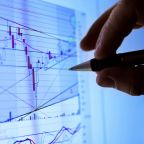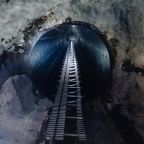Search results

So-called Small Modular Reactors (SMR) or Micro Modular Reactors (MMR) are currently being considered for low-CO2 energy generation by many countries - including our direct neighbours in France, Poland and the Czech Republic. Due to its geographical proximity, Germany needs expertise in this area, on the one hand to clarify open safety issues and, on the other, to be able to analyse and evaluate these concepts independently - for example, if an event should occur in a plant close to the German border.
Further information on the event will follow. Registration is possible at the earliest six weeks before the event. If you would like to be informed directly, please subscribe to our mailing list.
Fusion - a seemingly inexhaustible source of energy modelled on the sun that could satisfy mankind's growing hunger for energy in the future?

High active waste releases energy in the form of heat. Heat therefore plays a decisive role in the planning of a safe repository. The Bundesgesellschaft für Endlagerung (BGE) has now determined the maximum temperatures that the stored casks may reach on their surface. The temperatures have also been determined on the basis of GRS' research findings. GRS researchers have developed a new methodology for this purpose, which can be used to make statements about temperature compatibility.
L. Lovasz, L. Tiborcz, P. Pandazis, C. D’Alessandro, Y. Périn, T. Hollands, K. W. Wong, A. Wielenberg
The gray (Gy) is the international unit of measurement for the absorbed dose. This describes the amount of energy transferred to a certain mass of material by ionising radiation. One gray corresponds to one joule per kilogram. Joule is the physical unit of energy.
Iodine thyroid blocking (ITB) is a preventive protective measure taken by the disaster control authorities in the event of a nuclear emergency. This involves distributing and encouraging people to take high-dose potassium iodide tablets, more simply known as iodine tablets.
Cherenkov radiation refers to a physical phenomenon that can be observed e.g. in the cooling water around spent fuel assemblies as bluish light. The phenomenon occurs when charged particles in a translucent medium - for example water or glass - move faster than the light in the medium.
Gesellschaft für Anlagen- und Reaktorsicherheit (GRS) gGmbH